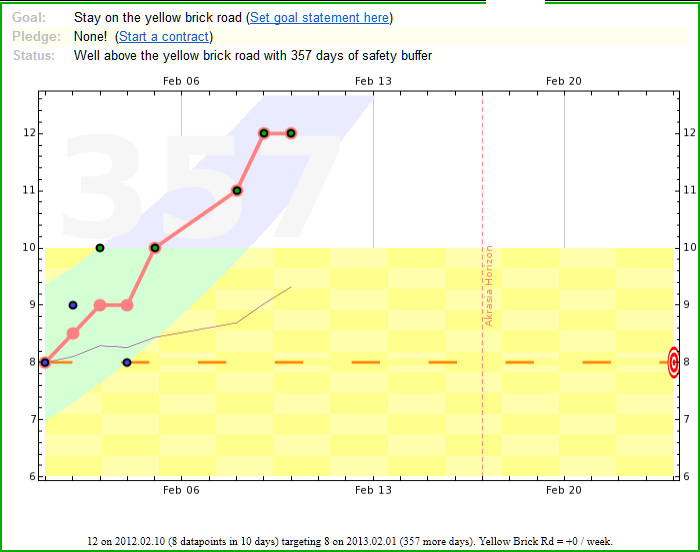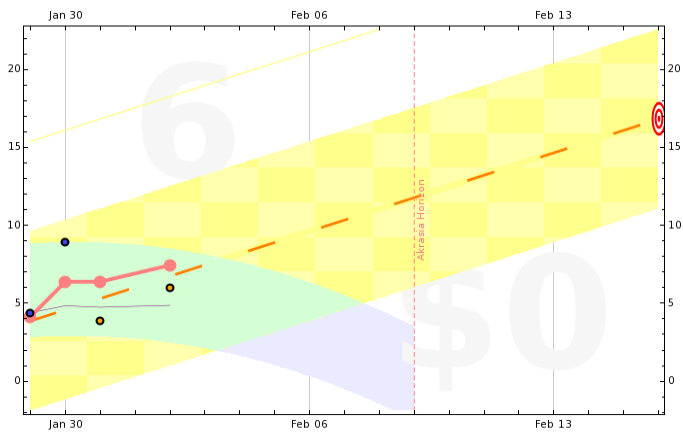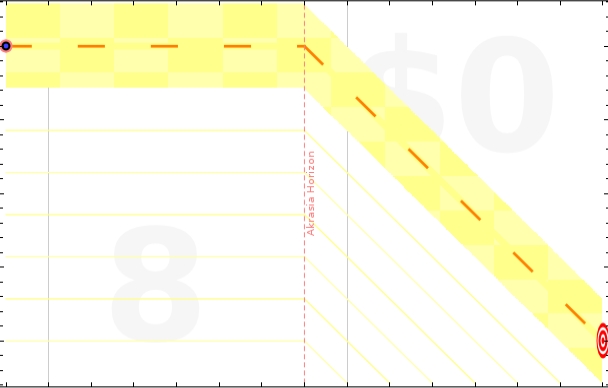Taking My Own Advice?
 Saturday, February 18, 2012 at 19:10
Saturday, February 18, 2012 at 19:10 Several of my past articles have been reproduced with my permission on the new Pitstop for Business website. They are:
Urgency: The Natural Way to Prioritize
Expand Your Ideas the Easy Way
Dealing With Projects That Don’t Have a Deadline
Looking at these articles again, outside the context of my own website, caused me to wonder how much of my own advice I was currently following. Of course with the hundreds of articles on my site it would be physically impossible for one person to put into effect every suggestion or piece of advice. But these particular articles are ones that have been selected by someone else as being particularly relevant. So how do I measure up myself?
Urgency? Yes, that’s fine. I am building urgency into my Final Version time management system as part of the way that it prioritizes. It’s not “pure” urgency as such because other factors are taken into account, but it’s probably more urgency-friendly than any other system I have come across.
Expanding my ideas by repeated drafting is something that I don’t use as often as I ought to. It is a method that works, and works very well - especially with article-length passages. I do still however have a tendency to write the article in one draft and use later revisions only for tidying it up. In fact that’s the way that I’m writing this article. I’m conscious though that quite a lot is missed out by doing it that way. Working gradually up from one or two short phrases gives a more rounded end product. Memo to self: start using this again.
Whole-hearted living? Of course being retired is the ideal time for whole-hearted living. Free of the constraints of bosses and clients, I’ve now got the time to do the things I really want to do. So am I doing them? I’ve written before that my idea of retirement was that I would spend my time walking, reading books and maybe take up something like learning a musical instrument. Is life like that? No! Memo to self: ask myself how much of what I’m doing at the moment I am doing whole heartedly.
Projects that don’t have a deadline? This is advice that I’ve been neglecting, especially the bit about doing them one at a time. I’ve fallen into the trap of thinking that running several of these projects at once is faster. The number of languishing unfinished projects I have is ample evidence that it’s not! Memo to self: follow the four-stage process in the article.









